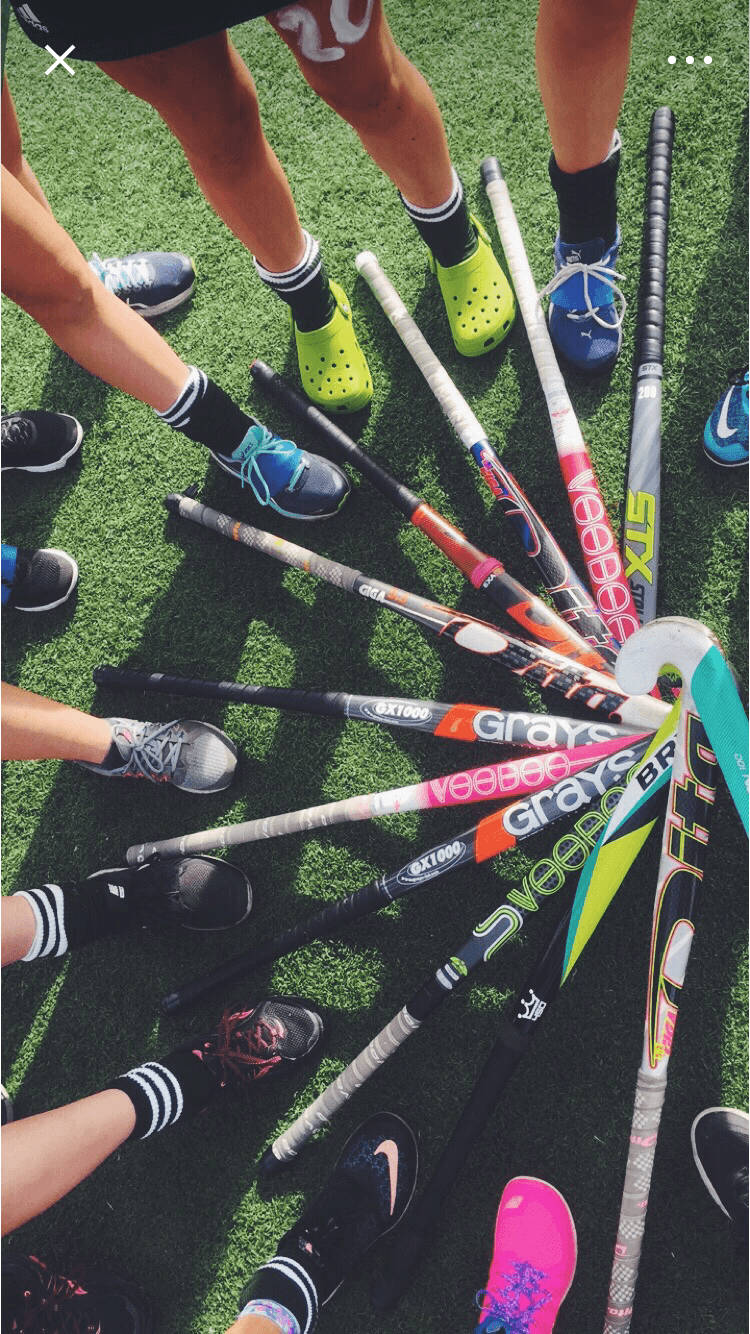Field hockey is a sport that requires not only physical prowess but also strategic thinking and teamwork. As players strive to enhance their skills, drills play a crucial role in honing techniques and improving performance on the pitch. Whether you're a beginner or an experienced player, incorporating effective drills into your training regimen can make all the difference. This article delves into the top 10 field hockey drills designed to boost your game and help you dominate the field.
These drills are crafted to target various aspects of the game, from ball control and passing accuracy to endurance and tactical awareness. By consistently practicing these exercises, players can refine their abilities and elevate their overall performance. Let's explore how each drill contributes to building a well-rounded field hockey player and discover ways to incorporate them into your practice sessions effectively.
Mastering Ball Control with Dribbling Drills
Dribbling is fundamental to field hockey, enabling players to maintain possession while maneuvering past opponents. One effective dribbling drill involves setting up cones in a zigzag pattern across the field. Players must weave through the cones using both sides of their sticks, enhancing their ability to change direction quickly. This drill not only improves stick handling but also boosts agility and coordination.
Another variation of this drill includes incorporating sprints between cone sets. After successfully navigating the cones, players sprint to the next set, repeating the process until they reach the end. This adds an element of cardiovascular fitness, ensuring players can sustain high-intensity efforts during matches. Regular practice of such drills helps players develop confidence in maintaining control under pressure.
To further challenge players, introduce defenders who attempt to intercept the ball as the dribbler moves through the cones. This simulates real-game scenarios where players must think strategically while executing technical skills. Over time, this drill enhances decision-making abilities and fosters adaptability in dynamic situations.
Enhancing Passing Precision with Partner Drills
Precision passing is essential for effective team play in field hockey. A simple yet impactful drill involves pairing players to practice short passes back and forth. Standing approximately five meters apart, partners focus on accurate passes using both the forehand and reverse sides of their sticks. This repetition builds muscle memory, ensuring consistent and reliable passes during games.
To increase difficulty, gradually extend the distance between partners, challenging players to adjust their technique for longer passes. Incorporating movement into the drill by having partners move laterally while passing adds another layer of complexity. This mimics match conditions where players must pass accurately while in motion.
Introducing a third player who acts as a defender can elevate the drill's effectiveness. The passer must now consider angles and timing to evade interception, promoting smarter decision-making. Such drills foster communication and trust among teammates, crucial components of successful team dynamics.
Building Tactical Awareness with Small-Sided Games
Small-sided games are excellent for developing tactical awareness and decision-making skills. By reducing the number of players on the field, these games create scenarios where players must think quickly and act decisively. Setting up a 3v3 or 4v4 game within a confined area forces players to communicate effectively and utilize space efficiently.
Coaches can introduce specific objectives, such as requiring a certain number of passes before shooting, to encourage thoughtful play. This promotes patience and strategic planning, helping players understand the importance of building plays rather than rushing into shots. Additionally, rotating players frequently ensures everyone experiences different positions, enhancing versatility.
Incorporating varying field sizes and goal configurations can add excitement and challenge to the drill. For instance, using smaller goals encourages precision shooting, while larger fields test endurance and long-range passing skills. These adaptations keep players engaged and continuously learning, preparing them for diverse match situations.
Improving Endurance with Interval Training
Endurance is vital for sustaining peak performance throughout a match. Interval training, which alternates periods of high-intensity effort with recovery phases, is an excellent way to build stamina. A common interval drill involves sprinting 50 meters, followed by jogging back to the starting point. Repeating this cycle multiple times challenges cardiovascular fitness and muscular endurance.
To tailor the drill to field hockey specifics, include elements like stick work during the jogging phase. Players can dribble the ball or perform stick-handling exercises as they recover, integrating skill development with fitness training. This dual focus ensures players remain sharp both physically and technically.
Varying the intensity and duration of intervals can cater to individual fitness levels and progressively increase difficulty. Starting with shorter sprints and gradually extending them challenges players to push beyond their comfort zones. Consistent practice of such drills prepares players to endure the demands of competitive matches.
Developing Goal Scoring Skills with Shooting Drills
Scoring goals is the ultimate objective in field hockey, making shooting drills indispensable. Setting up targets at different angles around the goal allows players to practice various shot types, including drag flicks, slap shots, and push shots. Focusing on accuracy and power, players aim to hit the designated areas consistently.
To simulate game-like conditions, introduce defenders who attempt to block shots. This forces players to think creatively and execute shots under pressure, enhancing their problem-solving skills. Encouraging players to use both sides of their sticks during shooting drills promotes ambidexterity, a valuable asset in scoring opportunities.
Incorporating game scenarios, such as shooting after receiving a pass or following a rebound, adds realism to the drill. This prepares players to capitalize on chances during matches, boosting their confidence in high-pressure situations. Regular practice of shooting drills ensures players are equipped to convert opportunities into goals.

